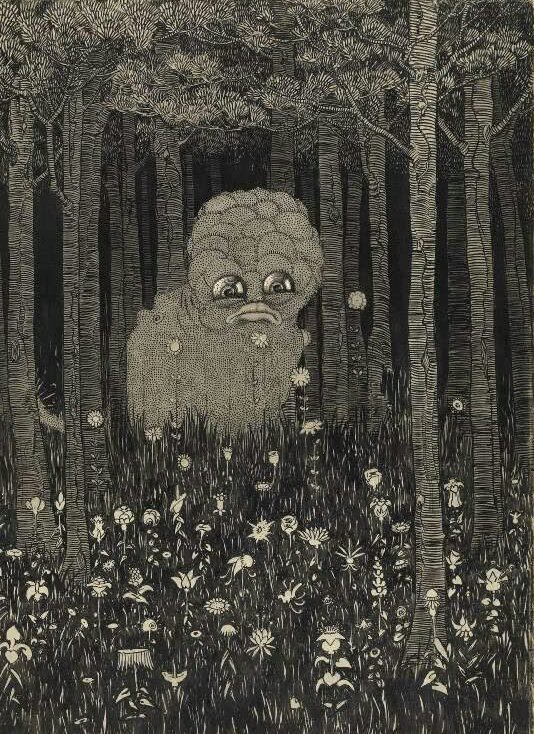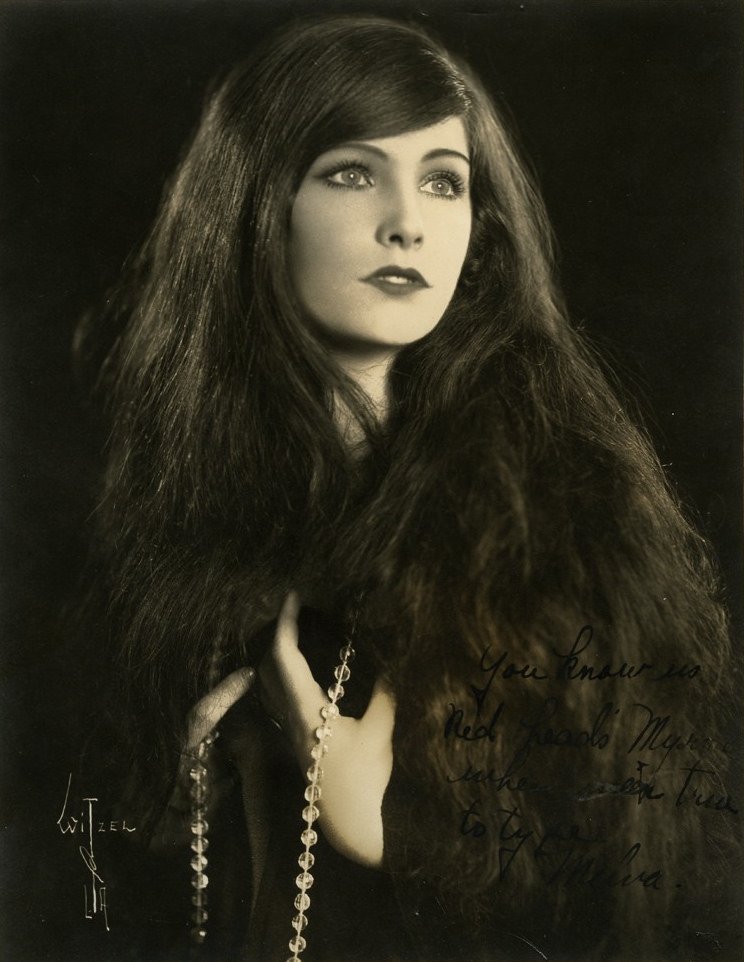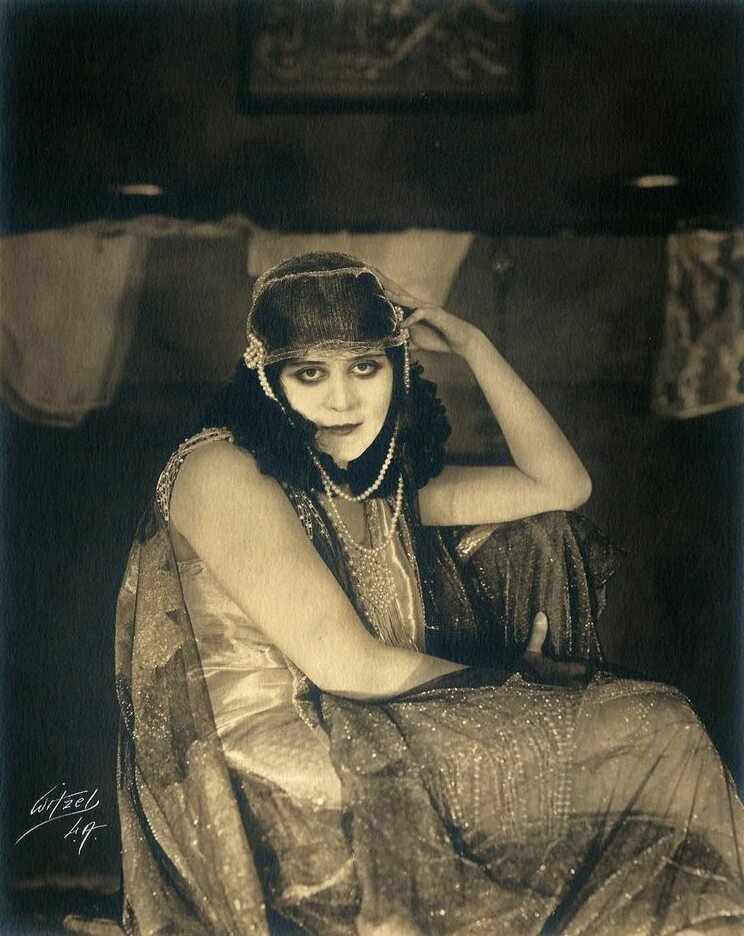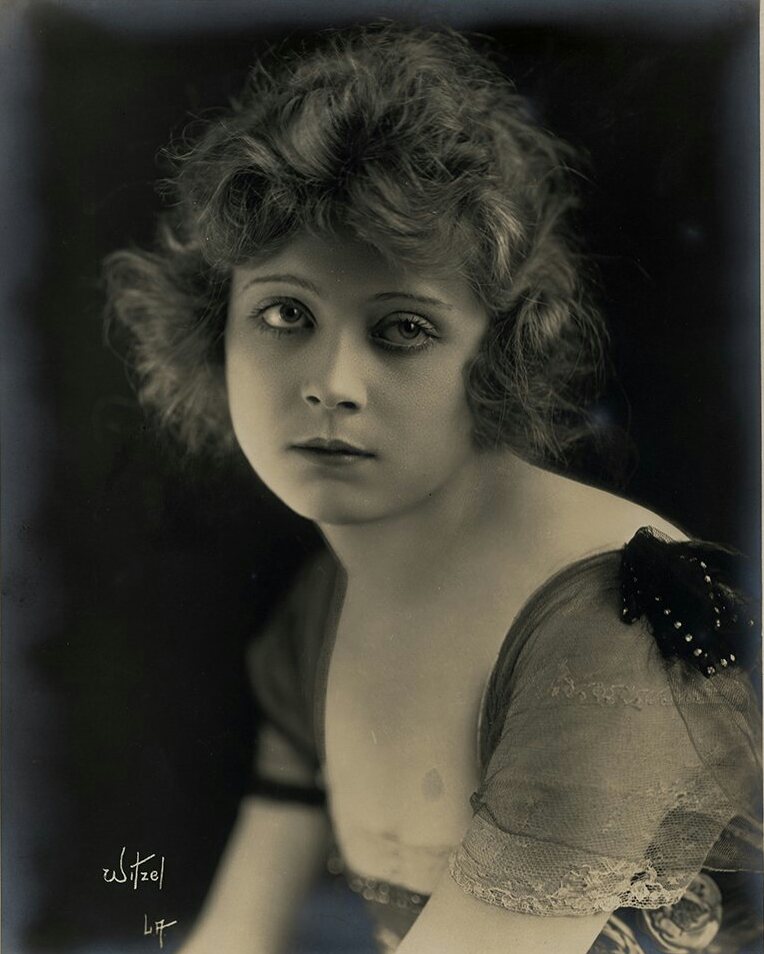
Sidney Sime was born in Manchester in 1865. After working as a miner for five years he studied illustration at the Liverpool School of Art. His work was first exhibited in 1889. 
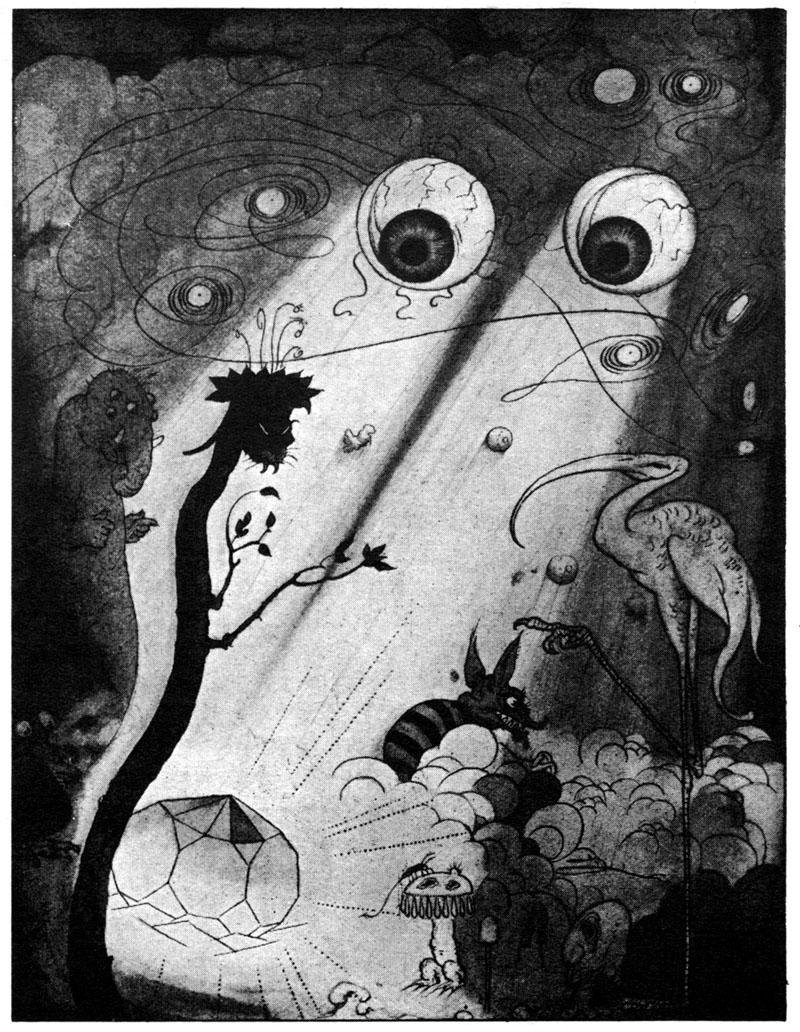
Sime rose to fame through fantastical illustratons, working initially for Pick-Me-Up and The Idler magazine. In 1899 he used money from an inheritance to purchase and edit The Idler, before selling it on in 1901. 


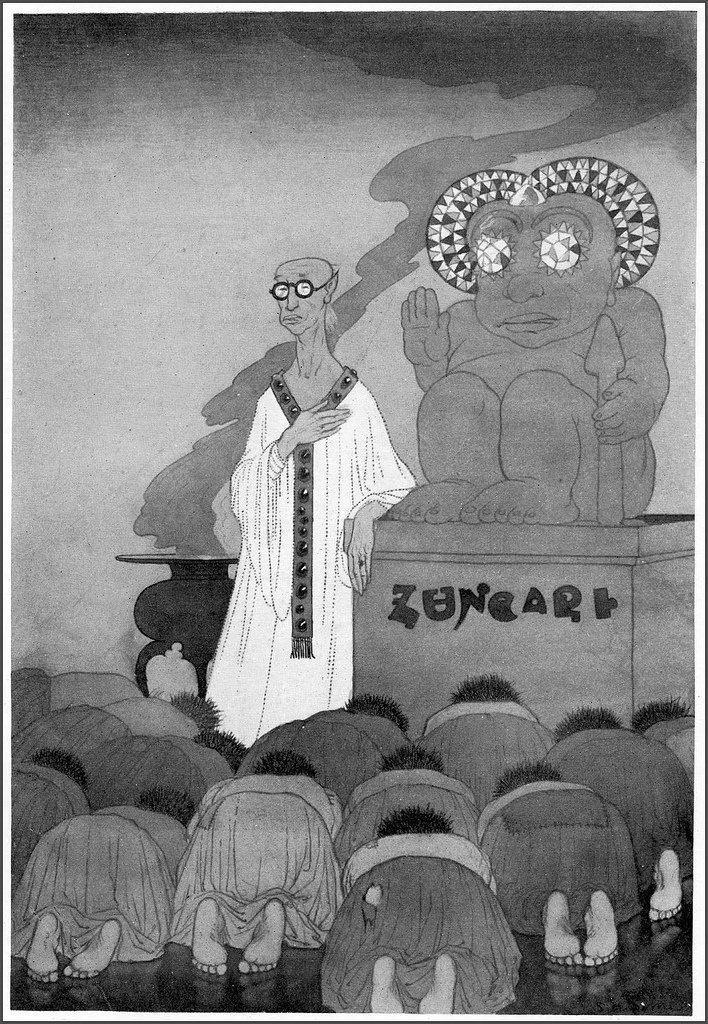
In 1904 he began work for Lord Dunsany, illustrating his first book The Gods of Pegana. Dunsany then became Sime's patron, and the artist worked for him on his books throughout his life. 

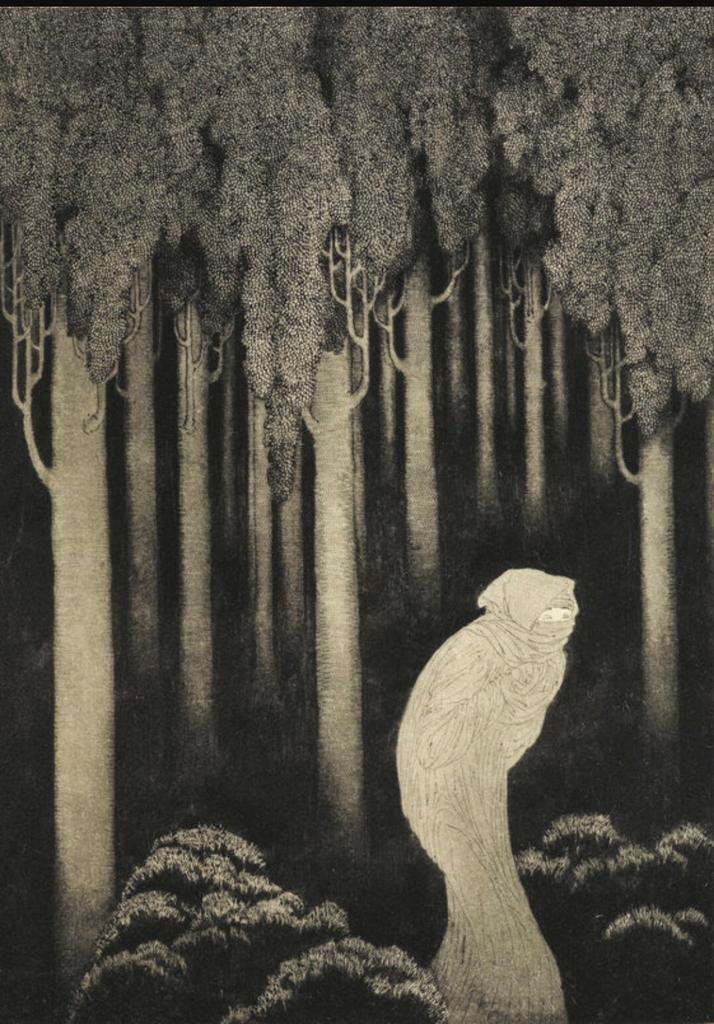

There's a sly humour in Sime's work for Lord Dunsany: the gothic terror is always undercut with a dash of satire or a witty visual joke. Sime's experience as a caricaturist is evident in many of these drawings. 


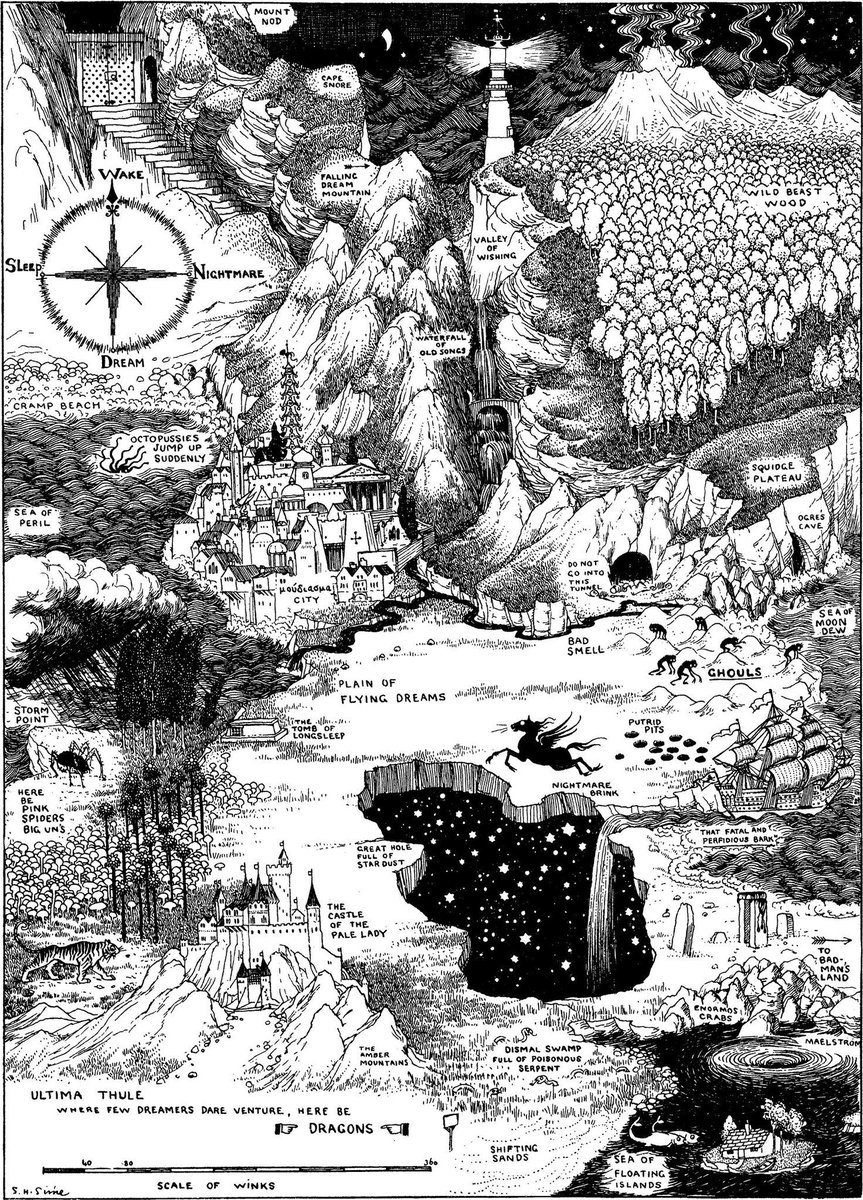
Sidney Sime has often been compared to Aubrey Beardsley. Both artist emphasized the grotesque, the decadent and the erotic in their work. 
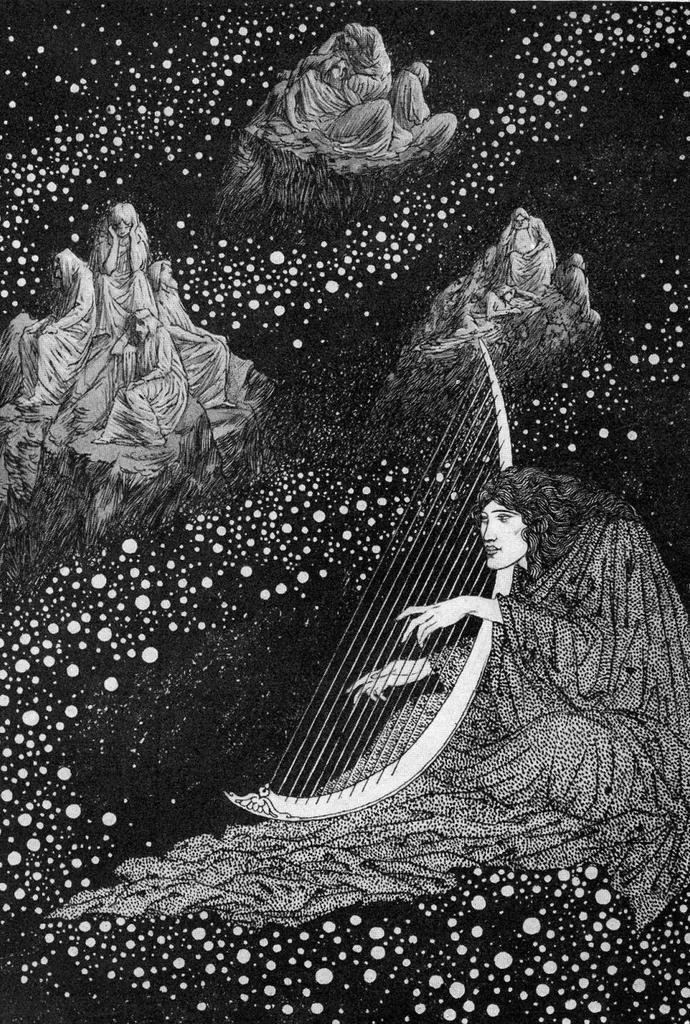
Poe, Heine, De Quincey and Meredith were great influences on Sidney Sime's aesthetic. He would read them late into the night at his Crown Cottage studio in Worplesdon. 

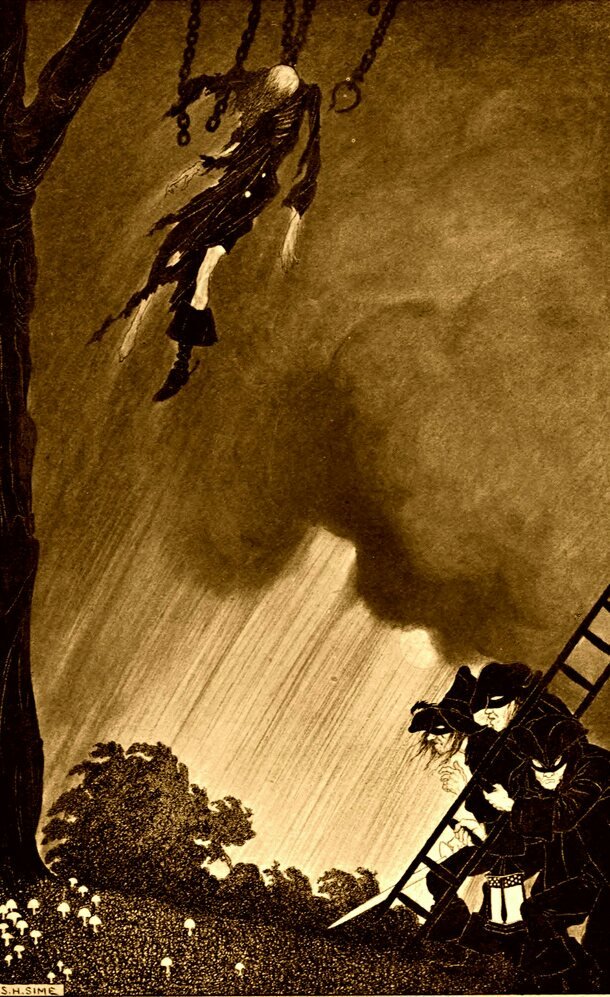

In later life Sime became obsessed with the Book of Revelation and went on to paint his own visions of the Apocalypse. He also became a recluse, drawing and painting only when he felt like it. 
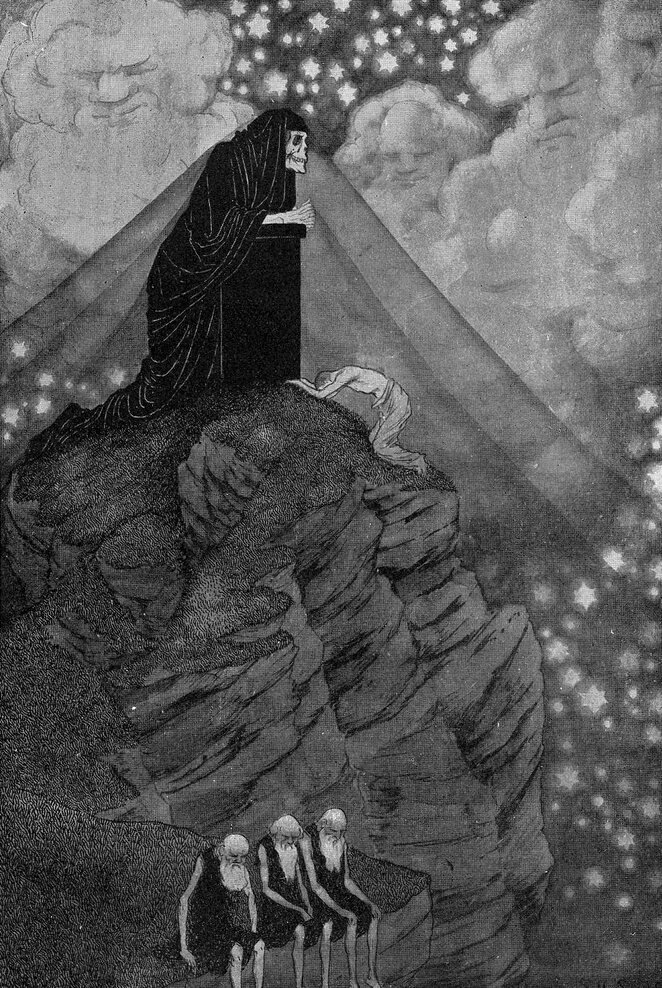
Sidney Sime passed away on 22nd May 1941. His grave in St Mary's Churchyard, Worplesdon, near his studio. A gallery dedicated to his work has been established nearby: sidneysimegallery.org.uk 

Sidney Sime is somewhat overlooked nowadays. That's a huge shame as his imagination and skill mark him out as an excellent and evocative illustrator of the macabre. Do look out for his work, it's very rewarding.
More stories another time...
More stories another time...
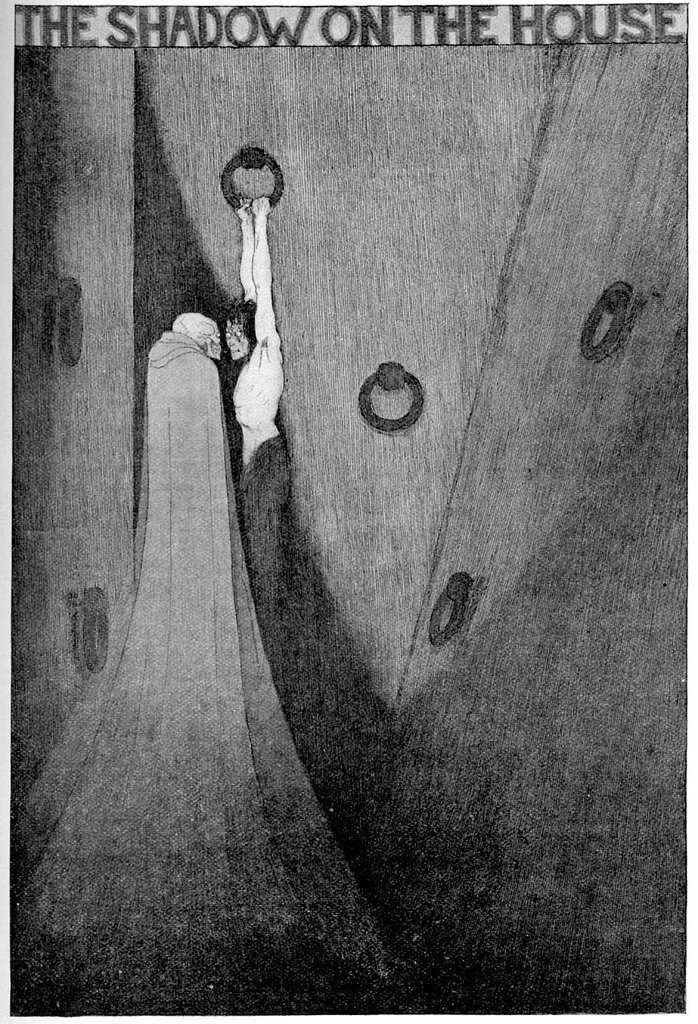
• • •
Missing some Tweet in this thread? You can try to
force a refresh
